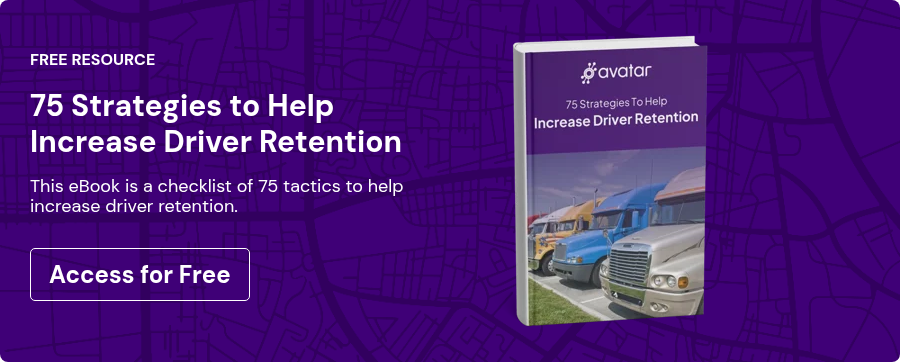Transportation has had to deal with a great deal of change in recent years. To name a few: CSA, HOS, ELDs, and soon to be AV’s. This has required companies to adapt and grow in order to stay in business.
Being Better Means Change
Most owners and executives get up everyday thinking of ways to make their business better. Better productivity. Better customer service. Better on-time deliveries. Better sales. Better profits. Better, better, better. But most of them don’t give much thought to handling change. That’s strange, since the pursuit of better means you have to change something.
How Do You Enact Change?
We usually rely on four specific change strategies to affect change. Make them broad and simple to understand and explain. Then, we build supporting processes around them; things like custom driver recruiting campaigns, enhanced selection and hiring systems or safety training programs.
Last night, while watching my friend’s VLOG, I had an epiphany. Change may be hard work, but, as it turns out, the formula is really quite simple. In fact, it’s as simple as 1 – 2 – 3!
The Three Step Process of Change
It’s not enough to know how to make changes, of course. You need to put ideas and strategies into action. That requires everyone in the company knowing and understanding everything that pertains to a change. This can be done in a three step process of change:
Step 1: Declare your Intentions(ex.: “We will never force a driver to run over hours”.) Publish and announce the change anywhere and everywhere you can so everybody in the company (and customers also) get the message.
Step 2: Provide Your Managers with the Tools Needed to Get the Job Done
Change requires adjustments and sometimes sacrifices. Communicate with managers, dispatchers and driver committee representatives to ensure nobody is confused or suffering. Everyone needs to play a role for change to fully take effect, so make sure those roles are both clearly defined and appropriately supported.
Step 3: Create and Enforce Accountability Systems
As a part of supporting roles in changes, you also need to make sure what needs to get done actually gets done. As best as you can, draw out the work that needs to be done at each level of the company. Maybe the dispatchers need to keep reminding customers you won’t be delivering on Saturday anymore while the managers create schedules accordingly. Then, have everyone report to a superior every few days or so to make sure the change is going well.
Change For The Better
Right now, you might be the very best transportation company in your market. You may not believe you need to change anything. But across town, someone’s watching your every move. They’re trying to figure out how to beat you at your own game, which they think they can. After all, when one company does something well, others tend to just copy what worked for that company.
But you have a choice. You can keep doing what you're doing, and hopefully still do it better than everyone else, or, you can choose to make some changes – changes for the better. And you can always be better.
Start to change how you approach driver turnover with these 75 Strategies to Improve Driver Retention:
Sign up for our newsletter
Get the latest articles on all things transportation delivered straight to your inbox.
Schedule a live demo

